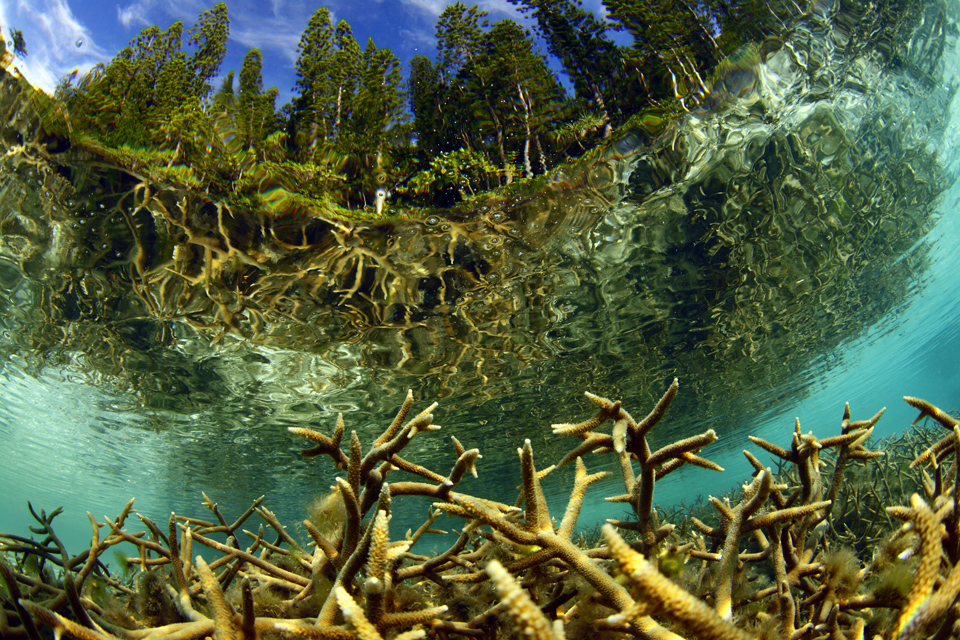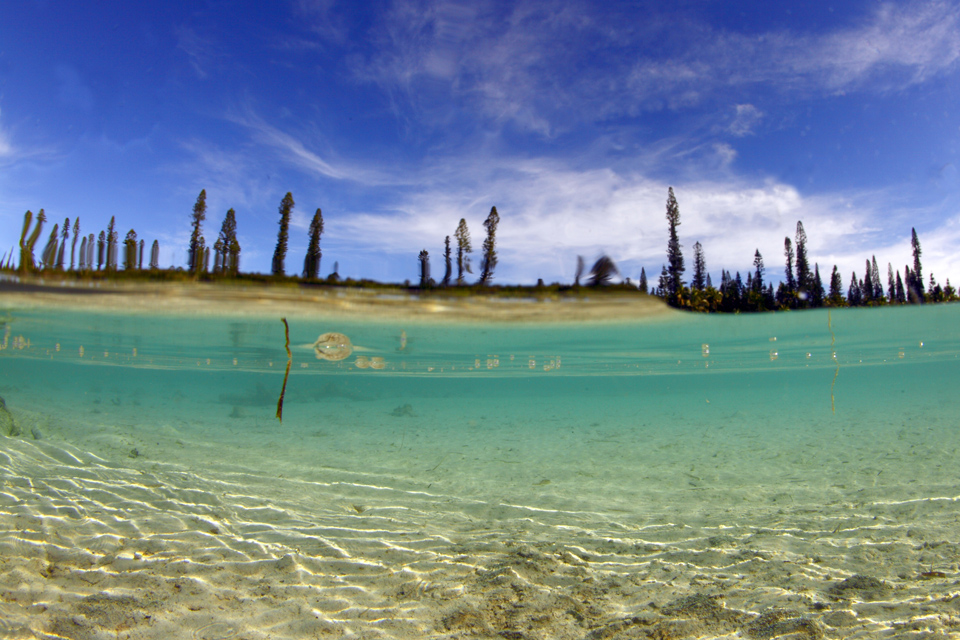 The Galapagos shark (Carcharhinus galapagensis) is a species of requiem shark, family Carcharhinidae, found worldwide. This species favors clear reef environments around oceanic islands, where it is often the most abundant shark species. A large species that grows to 3.7 m (12 ft), the Galapagos reef shark has a typical fusiform “reef shark” shape and is very difficult to distinguish from the dusky shark (C. obscurus) and the grey reef shark (C. amblyrhynchos). An identifying character of this species is its tall first dorsal fin, which has a slightly rounded tip and originates over the rear tips of the pectoral fins.
The Galapagos shark (Carcharhinus galapagensis) is a species of requiem shark, family Carcharhinidae, found worldwide. This species favors clear reef environments around oceanic islands, where it is often the most abundant shark species. A large species that grows to 3.7 m (12 ft), the Galapagos reef shark has a typical fusiform “reef shark” shape and is very difficult to distinguish from the dusky shark (C. obscurus) and the grey reef shark (C. amblyrhynchos). An identifying character of this species is its tall first dorsal fin, which has a slightly rounded tip and originates over the rear tips of the pectoral fins.
Galapagos sharks are active predators often encountered in large groups. They feed mainly on bottom-dwelling bony fishes and cephalopods; larger individuals have a much more varied diet, consuming other sharks, marine iguanas, sea lions, and even garbage. As in other requiem sharks, reproduction is viviparous, with females bearing litters of 4–16 pups every 2–3 years. The juveniles tend to remain in shallow water to avoid predation by the adults. Galapagos sharks are bold and have behaved aggressively towards humans, and are thus regarded as dangerous. The International Union for Conservation of Nature (IUCN) has assessed this species as Near Threatened, as it has a slow reproductive rate and there is heavy fishing pressure across its range.
→ view full related gallery
4 Comments — Aquatic / Destination / Environment / Life Style / Wild Life
 “If there is magic on the planet, it is contained in water.”
“If there is magic on the planet, it is contained in water.”






